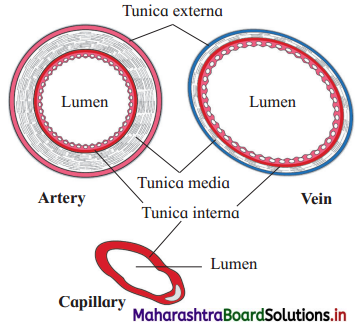Maharashtra State Board 12th Std Geography Textbook Solutions Digest
- Chapter 1 Population Part 1
- Chapter 2 Population Part 2
- Chapter 3 Human Settlements and Land Use
- Chapter 4 Primary Economic Activities
- Chapter 5 Secondary Economic Activities
- Chapter 6 Tertiary Economic Activities
- Chapter 7 Region and Regional Development
- Chapter 8 Geography: Nature and Scope


